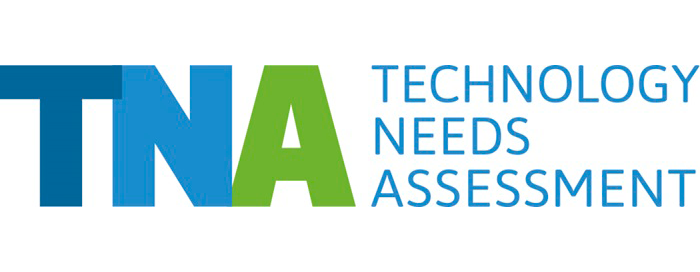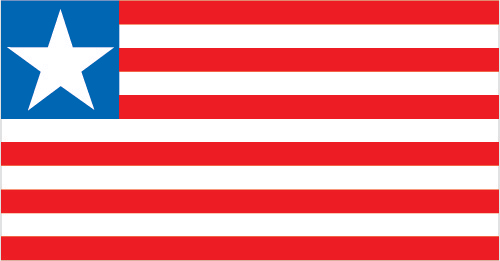Liberia joined the TNA project Phase III and successfully completed the project in 2021. Liberia’s TNA has focused on the energy sector, with a goal of generating 100 MW of renewable energy by 2030, and the agriculture sector, where renewable energy from biomass can improve resilience
Liberia’s 580-kilometer coastline faces increasing threats from sea-level rise, coastal erosion, and storm surges. These impacts severely affect food security, as traditional farming seasons become unpredictable, while rising seas and erosion threaten infrastructure and livelihoods in coastal communities.
Liberia completed its TNA and TAPs in 2023, focusing on agriculture and coastal zones for adaptation, and energy for mitigation. Among the adaptation options, coastal revetment was prioritized to protect against climate-induced erosion and flooding. A combination of rock revetments and coconut tree planting was identified as a suitable solution, supported by the availability of ideal rock quarries.
Beyond protection, revetment construction also creates jobs and coastal habitats for wildlife. Building on TNA recommendations, Liberia has launched coastal protection projects, most recently in Greenville, Sinoe County.
The US$20 million project, including a US$9 million GEF grant, “Enhancing the Resilience of Vulnerable Coastal Communities in Sinoe County of Liberia” is making significant strides in protecting communities from climate change impacts. It reduces vulnerability to sea-level rise and erosion through hybrid solutions, strengthens local planning capacity, introduces innovative technologies for early warning, and promotes diversified, climate-resilient livelihoods. Over 560,000 people are directly benefiting from improved resilience, income stability, and environmental protection.
Liberia’s TNA contributes to the following Sustainable Development Goals:





